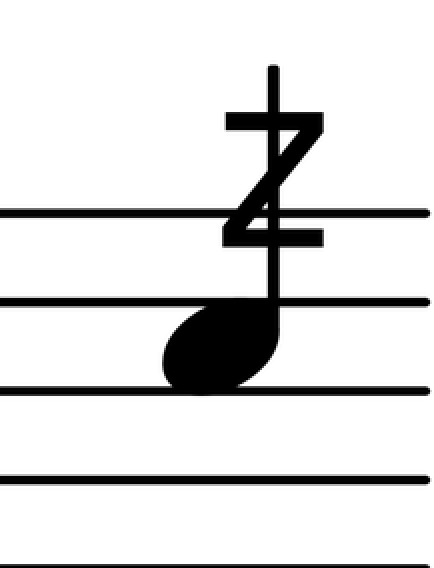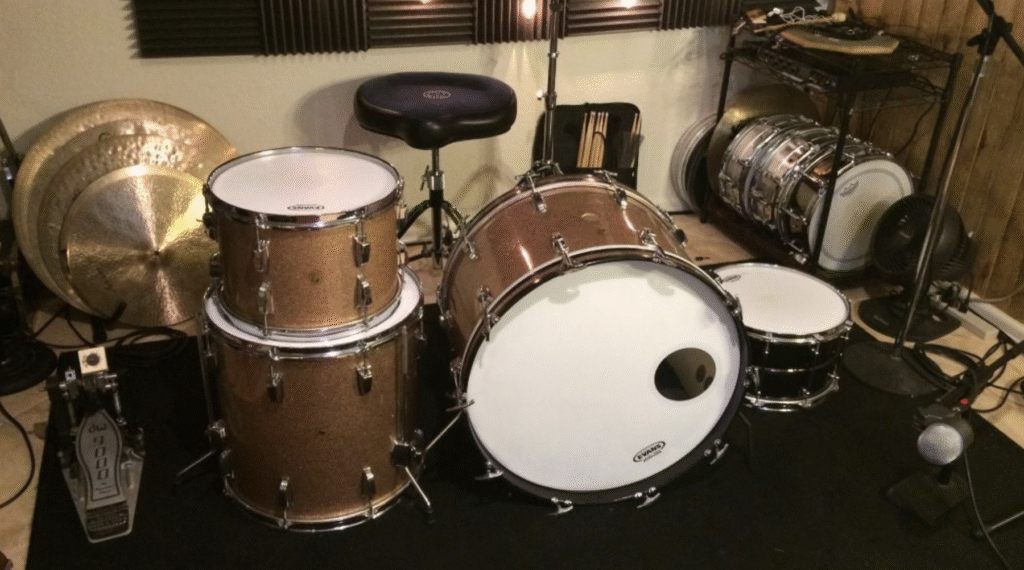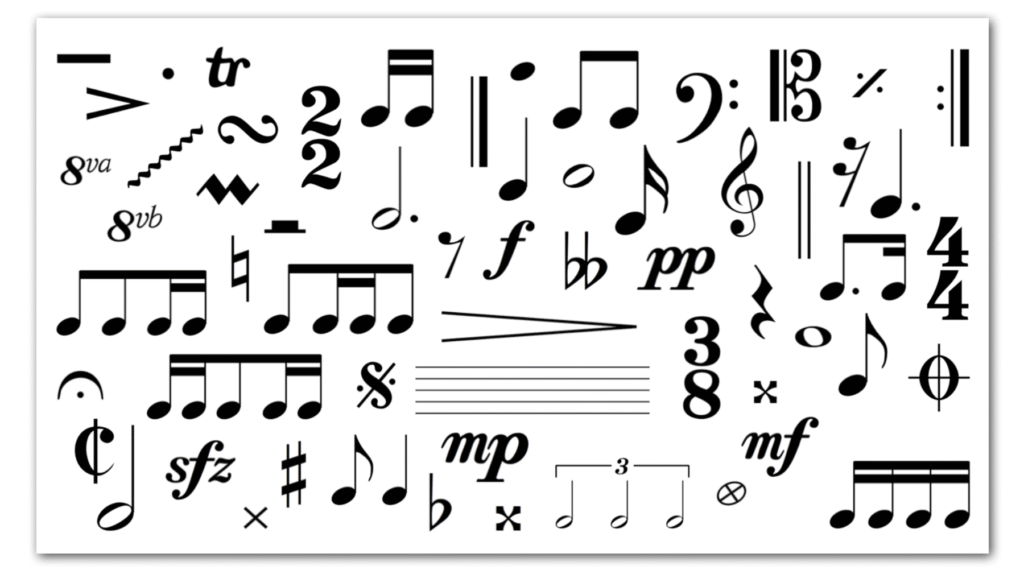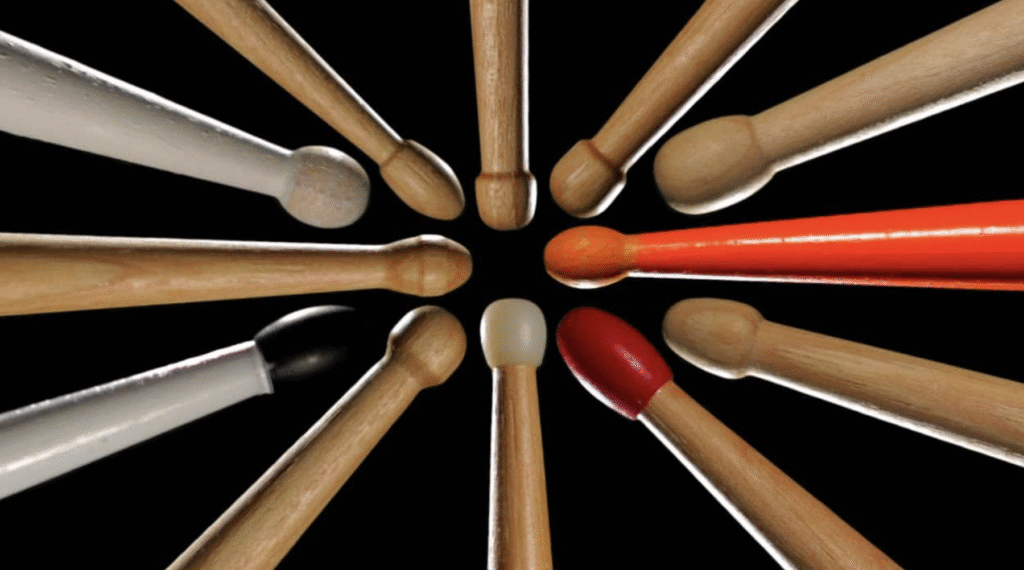How to Play a Buzz Roll
How to play a buzz roll ( or multiple bounce roll ). This rudiment is probably the most famous of them all. Think about when the winner is about to be announced. “Drum roll please!…..”
Because of its rich, sustained tone, this rudiment often shows up in many styles of music. Although it takes time to master, the buzz roll can elevate your drumming to new heights. With patience and the right technique, you’ll hear improvements quickly.

This what a Buzz roll looks like written with drum music. Visit our partner Kiwidrummer.com for online drum lessons and learn the Buzz Roll with a drum teacher.
What Is a Buzz Roll?
A buzz roll is a closed roll created by multiple controlled bounces from each stick. Instead of distinct strokes, the sound blends into a continuous roll.
While the double stroke roll relies on two clear notes per hand, the buzz roll focuses on rebound. As a result, the sound becomes smoother and more connected.
Furthermore, buzz rolls work well in both soft and intense musical settings. Drummers use them to add tension, sustain, or dramatic effect.
Why Buzz Rolls Matter
Buzz rolls teach precision, control, and touch. Therefore, they’re essential for building hand technique and dynamic control.
Moreover, learning this rudiment helps you understand stick pressure and rebound. You’ll also gain better consistency across both hands. Once you master the buzz roll, you can apply it in many musical situations.
Setting Up for Success
Before practicing, make sure you’re using the right gear. A responsive snare drum or a medium-density practice pad is ideal.
Choose a pair of well-balanced drumsticks. If they’re too light or too heavy, it may affect your control and endurance.
Additionally, sit at a comfortable height and maintain good posture. When your body feels relaxed, it becomes easier to develop smooth, even strokes.
Steps to Playing a Buzz Roll
-
Drop your stick onto the drum and let it bounce naturally.
-
Add light finger pressure to control the number of bounces.
-
Repeat the motion with your opposite hand.
-
Alternate hands slowly, aiming for a steady, connected sound.
-
Gradually speed up until the individual strokes disappear.
- As you get faster think of the strokes as different note values; Quarter, Eighth, Triplet, Sixteenth etc.
Each stroke should blend into the next without any noticeable gaps. As you improve, your roll will sound smoother and more sustained.
Common Mistakes and How to Avoid Them
Even though buzz rolls seem simple, they can go wrong easily. For example, applying too much pressure stops the stick from bouncing properly. On the other hand, too little pressure produces weak and uneven rolls.
Another common issue is inconsistency between hands. To fix this, practice slow rolls while focusing on making both hands sound the same.
In addition, recording yourself can help. Listening back allows you to catch details you might miss while playing.
Helpful Practice Tips
Practicing with intention will speed up your progress. Try the following methods to improve quickly:
-
Use a metronome to keep your tempo steady.
-
Set daily goals, even if just five minutes of focused practice.
-
Alternate hand leads to build balance.
-
Try playing on soft surfaces to strengthen finger control.
-
Add buzz rolls to your warm-up routines.
Because these tips focus on control and repetition, you’ll start hearing smoother rolls in no time.
Using Buzz Rolls Musically
Once you’ve learned how to play a buzz roll, it’s time to apply it. Drummers often use buzz rolls in fills, build-ups, and soft transitions.
In a ballad, for instance, a soft roll under the vocals adds depth. During a solo, a quick buzz can create excitement or signal a change. Furthermore, buzz rolls help create seamless swells in orchestral playing.
You can also combine buzz rolls with other rudiments like flams or drags. This adds variety and keeps your playing fresh.
Buzz Roll vs. Press Roll
Although they sound similar, the buzz roll and press roll have key differences. The buzz roll uses rebound and lighter pressure for a softer tone. In contrast, the press roll requires firmer grip and tighter control for a more compact sound.
Because each has a unique character, you should learn both. This gives you more tools to express yourself musically.
Final Thoughts
Learning how to play a buzz roll opens up new creative doors for any drummer. With steady practice and attention to detail, your rolls will become fluid and expressive.
Remember to stay relaxed, practice slowly, and stay patient. Over time, your buzz roll will feel natural and sound professional.
Finally, if you’re ready to take your playing further, Drumnuts has sheet music, tutorials, and step-by-step lessons just for you. So grab your sticks and let’s roll!













